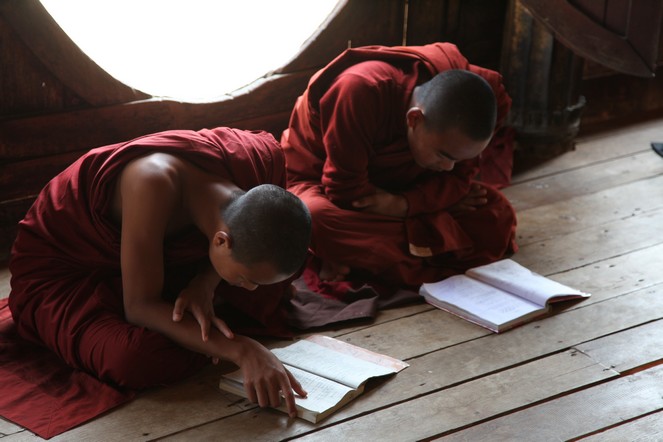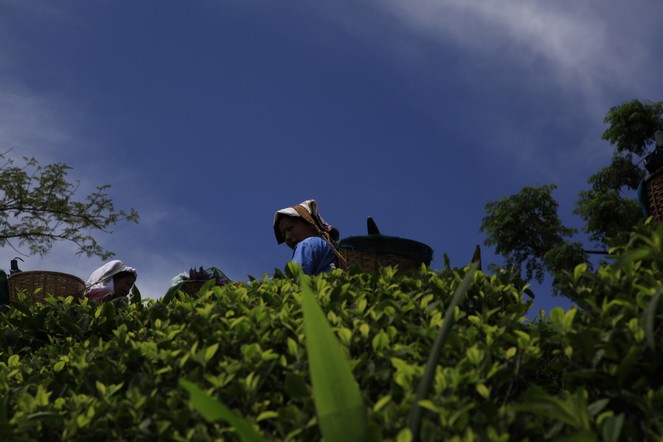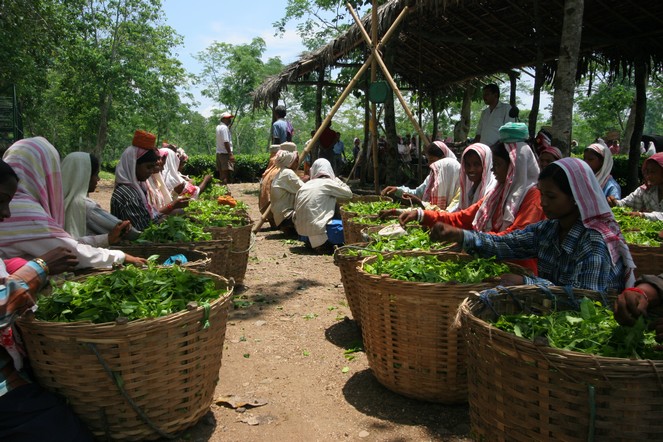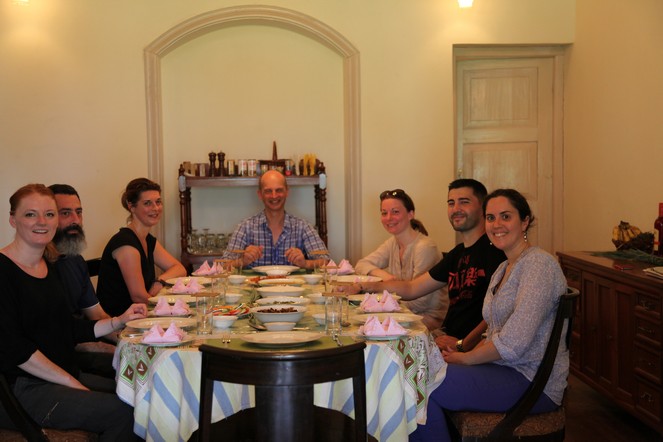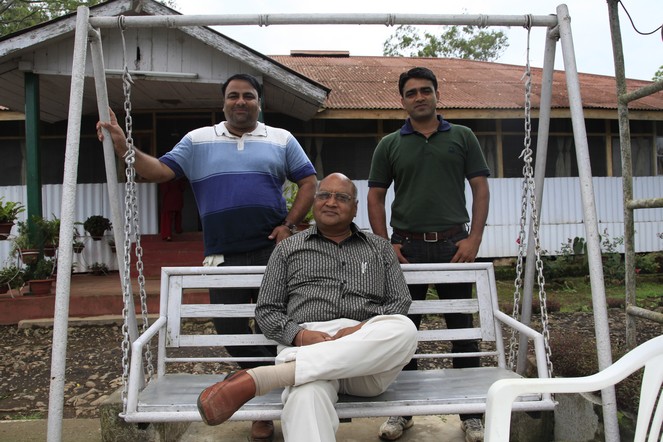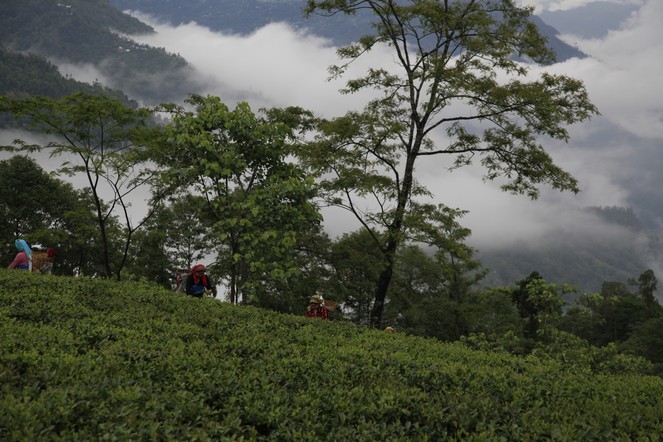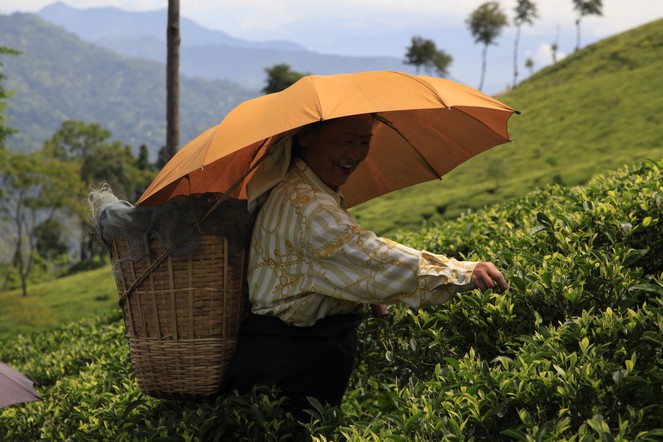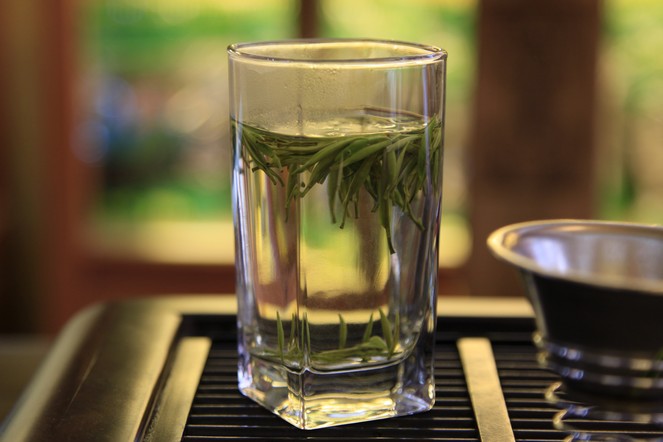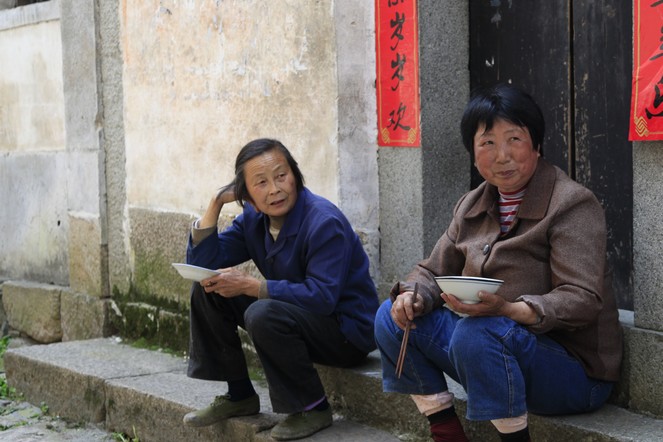When I visit a monastery in Asia I always think of the important role the monks played in the spread of tea. Because tea has the ability to keep the mind alert, because it helps us learn, and assimilate knowledge, its use spread from monastery to monastery, from China to Korea, then from China to Japan.
What the monks tell us by carrying tea beyond borders in this way is that tea awakens us to life. It is good for our body, and good for our soul.

